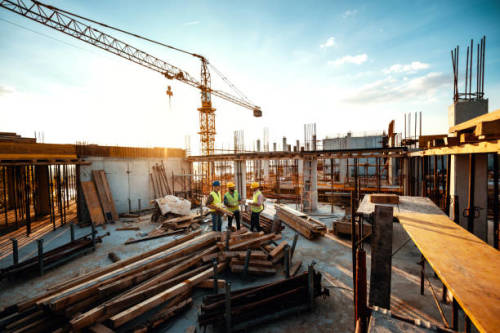Extrusion Biaxial Oriented Film
Orientation of polymers enhances many properties particularly mechanical, impact, barrier and optical properties. Bi-axial orientation allows properties to be enhanced in both the machine flow direction (MD) as well as the transverse direction (TD). This is partcularly important in the production of thin packaging films where in addition to mechanical, impact, barrier & optical properties, shrink properties can also be added. Bi-axial orientation can be achieved either on flat film or "blown bubble" type processes. In a flat film process, a sheet a few millimetres thick is extruded and cooled. It is then passed over & under successive sets of heated rollers, each set rotating at a faster speed than the previous - thus the sheet is stretched between 4-6 x its original length in the machine direction (MD stretching). The thinned sheet is then gripped by clips attached to a continuous track and drawn into a tenter or stenter. This is a large oven that heats the film to soften it. The track then diverges and stretches the film in a transverse direction up to 12x its original width. A small degree of stress relaxation or annealing occurrs in the final stage of the stenter/tenter oven prior to the film being cooled. Upon exit from the tenter/stenter the film is often treated with a corona/flame discharge to activate the surface to accept printing inks or adhesives for lamination. In the double bubble process, the tube of extruded polymer is subjected to a positive pressure inside the tube which expands it in the machine direction as well as the transverse direction at the same time. Process settings determine how much stretch is imparted in each direction. The end result is that polymer chains are oriented in both directions and thus achieve clarity, tensile strength, puncture resistance etc. The stretch ratios of bubble BOPP are slightly less than can be achieved in flat die/stentered film BOPP.













